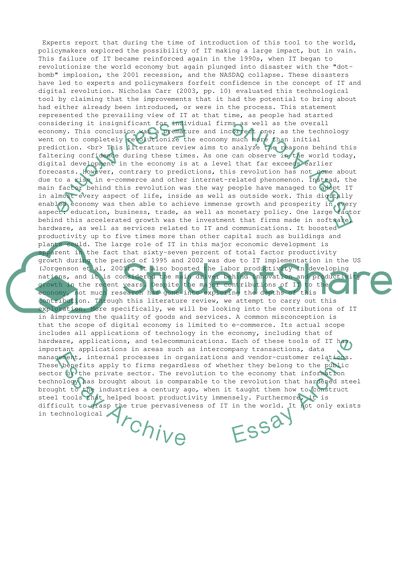Cite this document
(“Literature Review on Digital Economy Essay Example | Topics and Well Written Essays - 2250 words”, n.d.)
Retrieved from https://studentshare.org/business/1398110-digital-economy
Retrieved from https://studentshare.org/business/1398110-digital-economy
(Literature Review on Digital Economy Essay Example | Topics and Well Written Essays - 2250 Words)
https://studentshare.org/business/1398110-digital-economy.
https://studentshare.org/business/1398110-digital-economy.
“Literature Review on Digital Economy Essay Example | Topics and Well Written Essays - 2250 Words”, n.d. https://studentshare.org/business/1398110-digital-economy.


